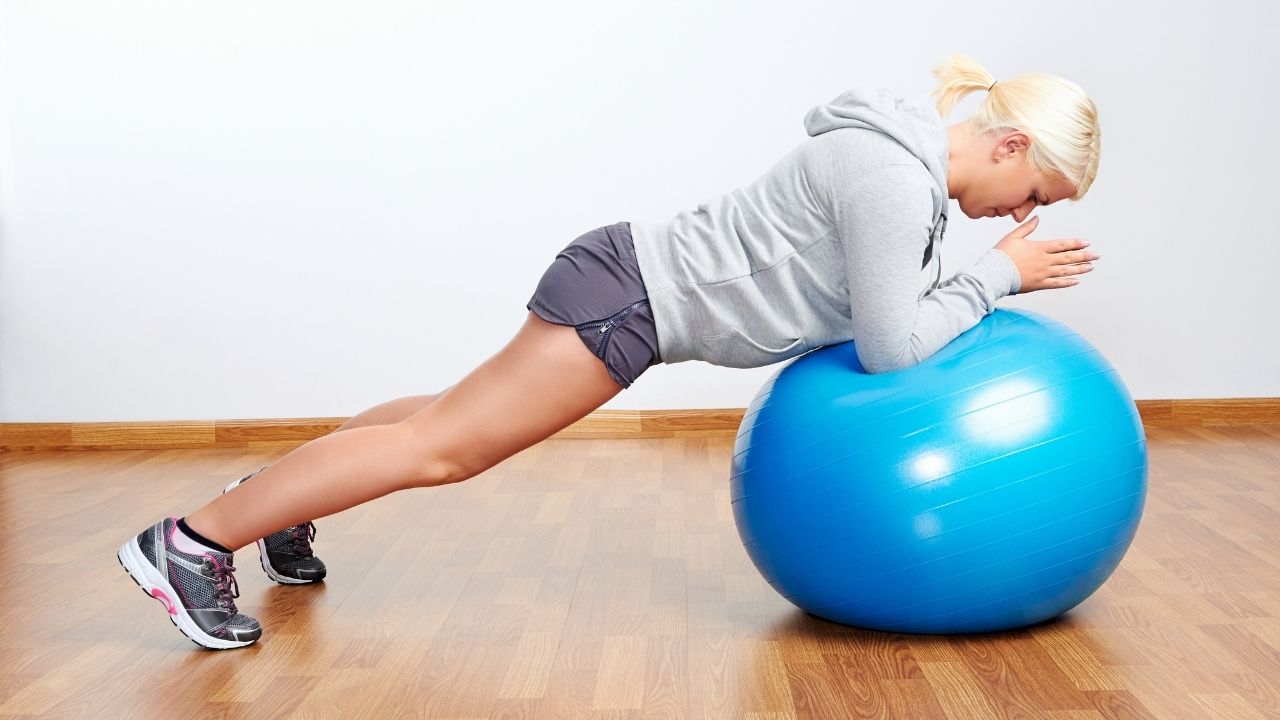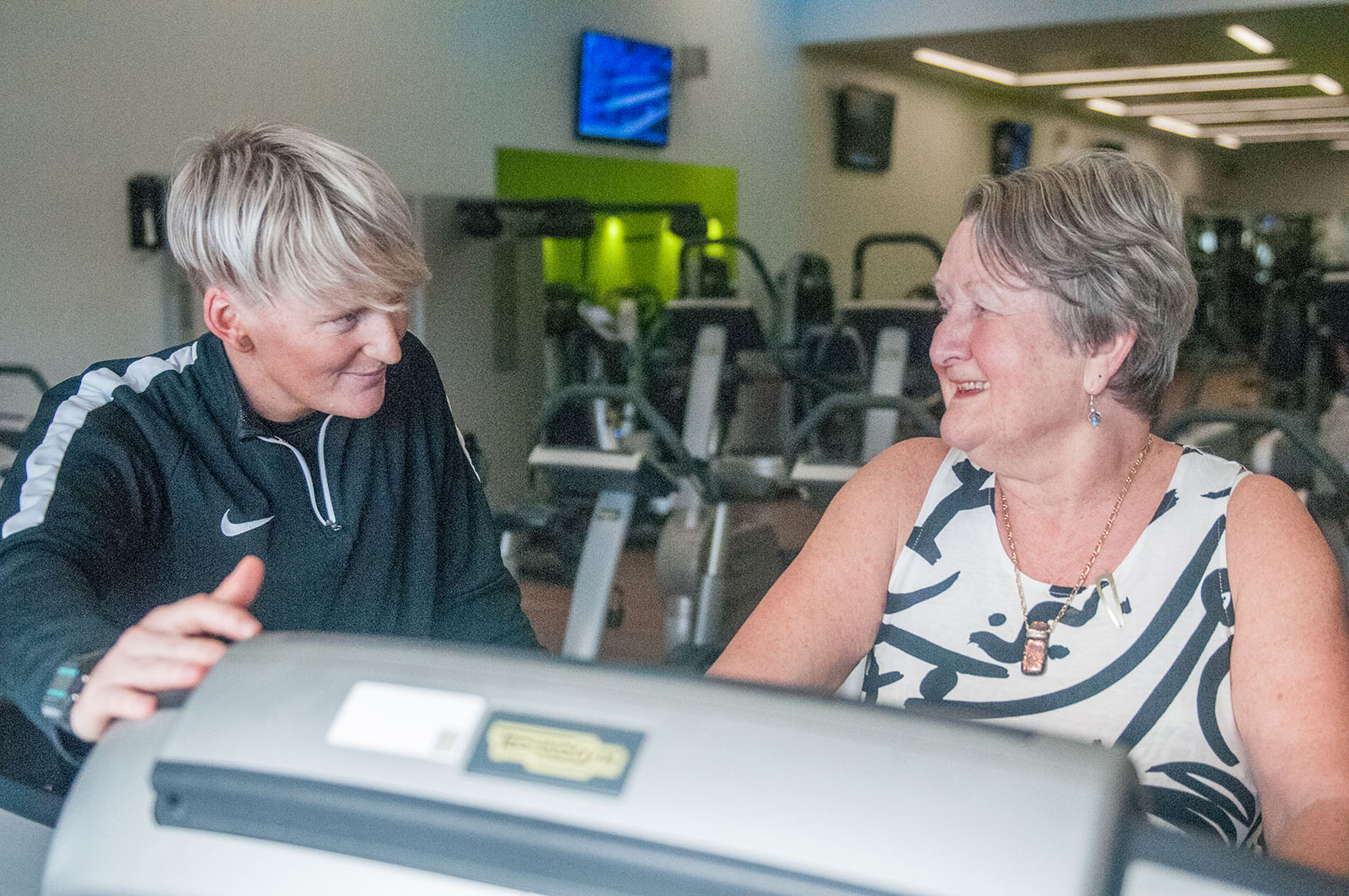
The first few weeks of running for weight loss will be difficult. But don't lose heart. The most important tip is to relax. Your eyes should look forward, your arms should swing over your hips, and the feet of your feet should rest directly under your body. It is important to avoid using your hands because it can lead to injury. Slowly increase the time you run. It will be more fun once you become a regular runner.
It is important to start slow and keep your goals realistic. It's important not to gain extra calories. Over time, you can lose weight and increase your endurance and strength. Most beginner's running programs require you to run-walk three times a week for about a month. You will eventually be able increase the amount of days you run. If you feel discouraged, frustrated or lost, don't give up! Once you've begun running, it won't be difficult to lose weight.

To stay motivated, it is important to change the pace and distance of your runs. It is best to do a few challenging runs. Choosing the right intervals will help you progress faster. In addition to the intervals, you should also invest in a new pair of running shoes. A well-planned plan will help you get maximum mileage from your running sessions. Get a new pair for running! You will be grateful you did.
Before beginning a running program for weight loss, consider your previous experience with running for weight loss. Most people interested in a weight loss program fall into one of two categories. As long as you are patient, you'll see results. It will be easier to stick with your exercise plan if it is taken slowly and enjoyed.
You can increase your running speed to increase your appetite. But this will not negate your efforts. Running speed is a key factor in weight loss. And while increased running speed does help burn more fat, it can also increase your appetite. On average, people require 3 calories per 10 calories. This is not a common amount, but it's an interesting idea.

It is important to start a routine if you want to lose weight. You should walk at least 20 miles per day if your weight is high. Do this at least 3 times per week. By the time you feel comfortable walking at a fast pace, you can start running for weight loss. You will see the greatest results in the first few week.
FAQ
What's the difference between a virus & a bacterium?
A virus, a microscopic organism, is incapable of reproducing outside its host cell. A bacterium is an organism that splits itself in two. Viruses can be as small as 20 nanometers, while bacteria can grow up to 1 micron.
Viruses spread easily through contact with infected bodily tissues, such as saliva and urine, semen, vaginal secretions or pus. Bacteria can easily be spread from direct contact to contaminated surfaces and objects.
Viral infections can be transmitted through skin cuts, scrapes and bites. They can also penetrate the skin through the eyes, nose or mouth.
Bacteria can enter the body through wounds. They may also come into our bodies through food, water, air, soil, dust, or animals.
Both bacteria as well as viruses can cause illness. But viruses can't multiply within their hosts. They can only infect living cells and cause illness.
Bacteria can spread within the host and cause illness. They can also invade other parts of your body. We need antibiotics to get rid of them.
How can I control my blood pressure?
Find out the causes of high blood pressure first. Next, take steps that will reduce the risk. This could mean eating less salt, losing some weight, taking medication, and so on.
Also, make sure to get enough exercise. If you don't have time for regular exercise, then try walking as often as possible.
A gym membership is a good idea if you don't like how much exercise your doing. You will probably join a gym where you can meet other people with similar goals. It is easier to adhere to a fitness routine when someone else will be there with you.
Is cold an indication of a weaker immune system?
It's been said that there are two kinds of people in the world; those who love winter and those who hate it. You may wonder why you feel so bad when it's cold, regardless of whether you love it or hate it.
The truth is that our bodies are built to work best when it's warm. We evolved to thrive in hot environments because of the abundance of food resources.
We live in a very different environment than our ancestors. We spend more time indoors than ever before, and are often exposed both to cold and heat extremes.
Our bodies don't have the ability to tolerate extremes. This means that we feel tired, sluggish and even sick when we venture outside.
There are many ways to avoid these side effects. Keep your body hydrated. Hydration is key to keeping your body well hydrated, flushing out toxins and keeping your system healthy.
A healthy diet is another important thing. Eating nutritious foods helps your body maintain its optimal temperature. This is especially beneficial for those who spend extended periods of time inside.
Finally, consider taking a few minutes each morning to meditate. Meditation helps you relax your mind and body, which makes it easier to deal with stress and illness.
What should my weight be for my age and height? BMI chart & calculator
The best way to determine how much weight you need to lose is to use a body mass index (BMI) calculator. Healthy BMI ranges between 18.5 to 24.9. To lose weight, you should aim for a loss of 10 pounds per year. Simply enter your height, weight and desired BMI into the BMI calculator to calculate it.
This BMI chart will help you determine if your body is overweight or obese.
What is the problem of BMI?
BMI stands for Body Mass Index, which is a measurement of body fat based on height and weight. The following formula can be used to calculate BMI.
Weight in kilograms divided by height in meters squared.
The result can be expressed as a number between zero and 25. A score greater than 18.5 is considered overweight. A score greater than 23 is considered obese.
A person who weighs 100 kg and has a height of 1.75 m will have a BMI of 22.
What is the difference in fat and sugar?
Fat is an energy source that comes from food. Sugar is naturally found in fruits and veggies. Both fats (and sugars) have the same calories. But fats are twice as calories as sugars.
Fats are stored within the body and can contribute to obesity. They may cause cholesterol buildup and lead to strokes or heart attacks.
Sugars provide instant energy and are rapidly absorbed by the body. This causes blood glucose levels rise. High blood glucose levels can be dangerous because it increases the risk of developing type II diabetes.
Which lifestyle is best for your health?
You can live a healthier lifestyle if you eat healthy food and exercise regularly. You will live a long and happy life if you adhere to these guidelines.
Small changes to your diet or exercise routine can help you start losing weight. If you're looking to lose weight, walk for 30 minutes each morning. Swimming or dancing are great options if your goal is to become more active. A Fitbit or Strava online program that tracks your activity can be joined.
Statistics
- According to the 2020 Dietary Guidelines for Americans, a balanced diet high in fruits and vegetables, lean protein, low-fat dairy and whole grains is needed for optimal energy. (mayoclinichealthsystem.org)
- According to the Physical Activity Guidelines for Americans, we should strive for at least 150 minutes of moderate intensity activity each week (54Trusted Source Smoking, harmful use of drugs, and alcohol abuse can all seriously negatively affect your health. (healthline.com)
- Extra virgin olive oil may benefit heart health, as people who consume it have a lower risk for dying from heart attacks and strokes according to some evidence (57Trusted Source (healthline.com)
- In both adults and children, the intake of free sugars should be reduced to less than 10% of total energy intake. (who.int)
External Links
How To
What does the word "vitamin" mean?
Vitamins are organic compounds naturally found in food. Vitamins help us absorb nutrients from foods we eat. Vitamins cannot be produced by the body. They must be acquired from food.
There are two types of vitamins: water soluble and fat soluble. Water-soluble vitamins dissolve readily in water. Some examples include vitamin C,B1 and B2 vitamins (thiamine), B2 and riboflavin, B3 and B6 vitamins (niacin), folic acids, biotin, pantothenic acids, and cholesterol. Fat-soluble vitamins can be stored in the liver or in fatty tissue. Vitamin D, E, K and A are some examples.
Vitamins are classified based on their biological activity. There are eight major types of vitamins:
-
A – Essential for normal growth, and the maintenance of good health.
-
C - vital for proper nerve function, and energy production.
-
D - Essential for healthy teeth and bones.
-
E - needed for good vision and reproduction.
-
K - Required for healthy nerves and muscles.
-
P - essential for strong bones, teeth and tendons
-
Q – aids digestion of iron and iron absorption
-
R – Required for the formation of red blood vessels.
The recommended daily allowance (RDA) of vitamins varies depending on age, gender, and physical condition. The U.S. Food and Drug Administration, (FDA), sets the RDA value.
For adults over 19, the RDA for vitaminA is 400 micrograms per daily. Because it is essential for the development of the fetus, pregnant women should consume 600 micrograms per daily. Children ages 1-8 require 900 micrograms per day. Babies under one-year old require 700 mg per day. Between 9 and 12 years of age, however, this drops to 500 mg per day.
Children aged 1-18 years need 800 micrograms daily, while children overweight require 1000 micrograms per days. Children who are severely obese or underweight will need 1200 micrograms each day.
Children between 4 and 8 years old with anemia will need 2200 micrograms daily of vitamin C.
2000 micrograms are required daily for good health in adults over 50. Women who are pregnant or breastfeeding need 3000 micrograms per day due to increased nutrient requirements.
Adults over 70 require 1500 micrograms each day, since they lose around 10% of their muscle mass every decade.
Women who are pregnant, nursing or breastfeeding need more than the RDA. Pregnant women require 4000 micrograms daily during pregnancy, and 2500 micrograms every day after birth. Breastfeeding mothers need 5000 micrograms per day when breast milk is being produced.